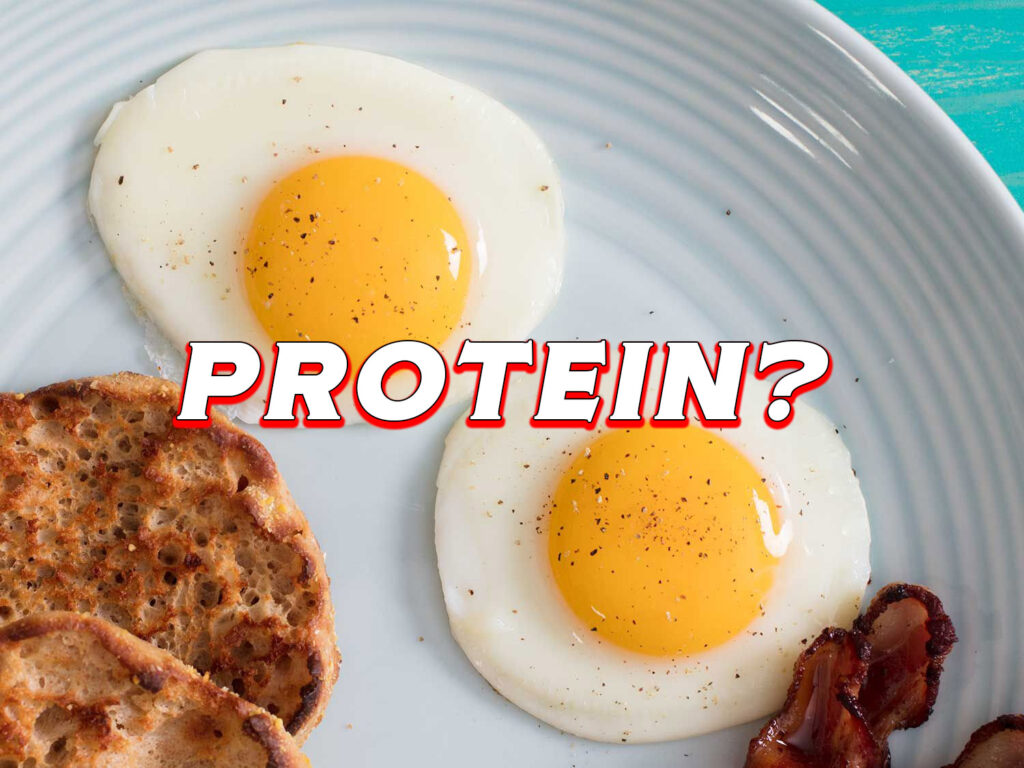Body recomposition is a term used to describe the process of simultaneously losing fat and gaining muscle. Unlike traditional weight loss or muscle-building programs that focus solely on either losing or gaining weight, this process aims for a change in body composition — the ratio of fat mass to lean muscle mass. This approach is highly appealing for people who want to improve their physique without necessarily seeing dramatic changes on the scale. The number on the scale may not change much, but your body can look leaner, more toned, and healthier as you reduce fat and build muscle at the same time. In this article, we will explore the concept of body recomposition in detail, covering how it works, the benefits, the strategies to achieve it, and common misconceptions.
What is Body Recomposition & How Does it Work?
Traditional weight loss is often centered around creating a calorie deficit (burning more calories than you consume), which results in a reduction of overall body weight, both fat, and muscle. On the other hand, muscle building usually focuses on creating a calorie surplus (eating more than you burn) to support muscle growth.
Body recomposition, however, involves a delicate balance of both losing fat and gaining muscle simultaneously. This can be done by adjusting your nutrition, exercise, and recovery protocols to create an environment where muscle gain and fat loss occur concurrently. Let’s dive deep into how you can make this process successfully work for your body!
Caloric Balance
While the idea of losing fat and gaining muscle at the same time may seem counterintuitive, it is possible to achieve by carefully managing your calorie intake and expenditure. To lose fat, you need to be in a calorie deficit, but to build muscle, you need to have enough energy and protein to support muscle repair and growth. Therefore, the key is to eat a slight calorie deficit or maintain your current calorie intake, while focusing on nutrient-dense foods, especially those rich in protein.

Macronutrient Distribution
A high-protein diet is essential for body recomposition. Protein helps preserve muscle mass during fat loss and supports muscle growth during resistance training. The typical recommendation for protein intake is around 1.6-2.2 grams per kilogram of body weight per day for body recomp. Carbohydrates and fats should also be balanced. Carbohydrates are crucial for fueling workouts and muscle recovery, while healthy fats support hormone production and overall health.
Resistance Training
Resistance training, which involves exercises like weightlifting, is fundamental to building muscle during body recomposition. Resistance training stimulates muscle protein synthesis, the process by which your body repairs and builds new muscle tissue. To maximize muscle growth, focus on both the compound exercises like squats, deadlifts, bench presses, and rows, which work multiple muscle groups and the isolation exercises like bicep curls, lat pull downs, cable fly, leg extension etc. which emphasize single muscle groups with maximum tension.

Cardiovascular Exercise
While resistance training is key for muscle growth, cardiovascular exercise can help with fat loss. The best approach for body recomposition is to incorporate moderate amounts of cardio, such as steady-state cardio (e.g., walking, cycling) or high-intensity interval training (HIIT), which helps burn calories and promote fat loss without interfering with muscle growth.

Benefits of Body Recomposition
Body recomp offers several benefits over traditional weight loss or muscle-building programs. They are described below.
Improved Aesthetic Appearance
Since body recomposition focuses on reducing fat and building muscle simultaneously, you may not see drastic changes on the scale. However, your body will look leaner, more toned, and more defined. Muscle is denser than fat, so even if your weight remains the same, you’ll have a more sculpted physique.
Sustainable Weight Management
Body recomposition is a sustainable approach to weight management because it doesn’t involve extreme calorie restriction or overeating. By focusing on eating the right types of foods in the right amounts, you can achieve a balance that allows you to build muscle and lose fat at a steady pace. This makes it easier to maintain long-term progress without the risk of regaining weight.
Enhanced Strength and Performance
Resistance training and a balanced diet during body recomposition help improve strength and overall physical performance. Building muscle allows you to become stronger, which not only enhances athletic performance but also makes everyday tasks easier.
Better Metabolic Health
Muscle mass plays a significant role in your metabolism. The more muscle you have, the more calories you burn while resting, making it easier to maintain a healthy bodyweight. Additionally, muscle tissue helps improve insulin sensitivity, which can reduce the risk of developing type 2 diabetes and other metabolic disorders.
Boosted Confidence and Self-Esteem
Achieving a leaner, stronger physique can have a positive impact on your mental well-being. The progress you make in the gym and the changes you see in your body can boost your confidence and self-esteem.
Strategies & Pro Tips for Utilising Body Recomposition
So, as we already have explained, successfully achieving body recomp requires a combination of proper nutrition, resistance training, and recovery. Here are some key strategies and pro tips that you should follow to utilise your body recomp process.
Prioritize Protein
Protein is the most important macronutrient for body recomposition. Aim to consume at least 1.6 to 2.2 grams of protein per kilogram of body weight daily. High-protein foods include lean meats, poultry, fish, eggs, dairy products, legumes, and plant-based proteins like tofu and tempeh.

Incorporate Resistance Training
Resistance training is crucial for stimulating muscle growth. Focus on both the compound movements like squats, deadlifts, lunges, and bench presses, which engage multiple muscle groups and the isolation movements like bicep curls, lateral raises, leg extensions, cable flys etc. which engage single muscle group with maximum tension. Train each major muscle group twice a week for optimal results.
Track Your Progress
Track your body measurements, progress photos, and strength gains, rather than relying solely on the scale. Since muscle is denser than fat, you may notice positive changes in your appearance and strength even if the number on the scale stays the same.
Monitor Caloric Intake
To achieve body recomposition, aim for a slight caloric deficit or maintenance level. If you’re unsure about your calorie needs, consider using a calorie calculator to estimate your daily requirements. Adjust your intake based on your progress and goals.
Incorporate Cardio Sparingly
While cardio can help with fat loss, too much of it can interfere with muscle growth. Stick to moderate cardio sessions, such as 2-3 sessions of steady-state cardio or HIIT per week. This allows you to burn extra calories without compromising muscle gains.
Focus on Recovery
Rest and recovery are just as important as diet and exercise because that’s the time when your muscles actually grow! Aim for 7-9 hours of sleep each night, as sleep is crucial for muscle repair and fat loss. Additionally, give your muscles time to recover between workouts to prevent overtraining and promote optimal muscle growth.
Common Misconceptions About Body Recomposition!
Even after learning about the science-backed concept of recomp, many people still have a bunch of terrible misconceptions about this process of building muscle and losing fat at the same time. Let’s address those misconceptions to make the idea clear for all of you.
You Can’t Build Muscle and Lose Fat at the Same Time!
One of the biggest misconceptions is that building muscle and losing fat at the same time is impossible. While it may be more challenging than focusing on one goal at a time, it’s entirely achievable, especially for beginners or those returning to training after a break.
Body Recomposition Only Works for Beginners
Although body recomposition is more common in beginners, it can work for experienced athletes as well. Advanced lifters may need to adjust their training and nutrition strategies, but recomp is still possible with the right approach.
Cardio is More Important Than Resistance Training for Fat Loss
While cardio can help with fat loss, resistance training is more effective for body recomposition. Resistance training not only builds muscle but also increases your resting metabolic rate, which helps you burn more calories throughout the day.
The Scale is the Best Indicator of Progress
The scale is not always the best measure of progress when it comes to body recomposition. Since you’re building muscle and losing fat, your weight may not change much. Instead, focus on how your clothes fit, your body measurements, and your progress in the gym.
The Bottom Line
Body recomposition is a highly effective approach to improving your physique by simultaneously losing fat and building muscle. While it requires careful management of diet and exercise, the results are sustainable and often more satisfying than focusing solely on weight loss or muscle gain. By prioritizing protein, incorporating resistance training, and monitoring your progress, you can achieve a leaner, stronger, muscular and healthier body over time. Hopefully, you found this article on body recomposition helpful enough. Thanks for visiting and appreciating our work.
